Showing 97–108 of 195 results
-

- Mott Insulator Properties: LaTiO₃ exhibits insulating behavior despite having partially filled electronic bands, which makes it valuable in the study of Mott insulators and potential applications in quantum electronics.
- Perovskite Structure: Its perovskite crystal structure enables integration into other perovskite materials and systems, providing flexibility in multilayered thin-film devices.
- Electrical and Magnetic Properties: LaTiO₃ exhibits a combination of electrical and magnetic properties that are useful in advanced electronic devices.
- Optical Transparency: The material is transparent in certain spectral regions, making it suitable for use in optoelectronic devices.
-

- High purity (≥99.9%).
- Excellent electro-optical and piezoelectric properties.
- Stable chemical and thermal performance.
- Uniform size for consistent evaporation.
- Customizable pellet sizes and shapes.
-

- High Density: Lutetium is one of the densest rare-earth elements, providing superior durability in thin films.
- Optical and Catalytic Efficiency: Lutetium’s optical properties make it a valuable material for optical coatings, while its catalytic properties are utilized in industrial processes.
- High Purity: Lutetium pellets are available in high-purity forms, ensuring consistent film quality in evaporation processes.
- Thermal Stability: Lutetium films maintain stability at high temperatures, making them suitable for high-performance applications.
-

- High Refractive Index: Lu2O3 has a high refractive index, making it ideal for use in optical coatings where precise control over light transmission and reflection is critical.
- Excellent Thermal Stability: Its high melting point and thermal conductivity make it suitable for high-temperature applications and vapor deposition processes.
- High Purity: Available in high-purity grades (≥ 99.9%) to ensure consistent film quality and performance in sensitive applications such as semiconductor manufacturing and optical device production.
- Transparency in the Visible and Infrared: Lutetium oxide provides excellent optical transparency across a broad wavelength range, from the visible to infrared (IR), enhancing its applicability in optical devices.
-
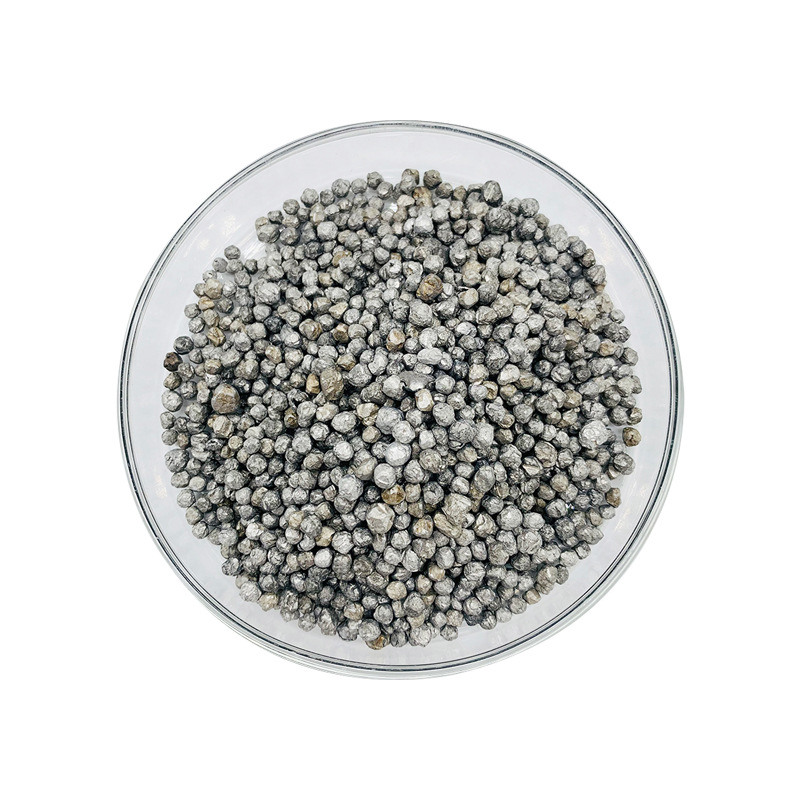
- High Purity: Magnesium pellets are available with high purity levels (99.9% or higher), ensuring the creation of thin films with minimal impurities.
- Lightweight: Magnesium is one of the lightest structural metals, offering the advantage of lightweight coatings in applications where weight savings are critical.
- Reactivity: Magnesium is highly reactive, making it ideal for creating compounds or alloys for specific functional coatings.
- Good Reflectivity: Magnesium provides good reflective properties, especially in the UV and visible spectrum, making it suitable for optical applications.
- Easy Deposition: Magnesium pellets evaporate easily at relatively low temperatures, making them convenient for deposition in vacuum systems.
-
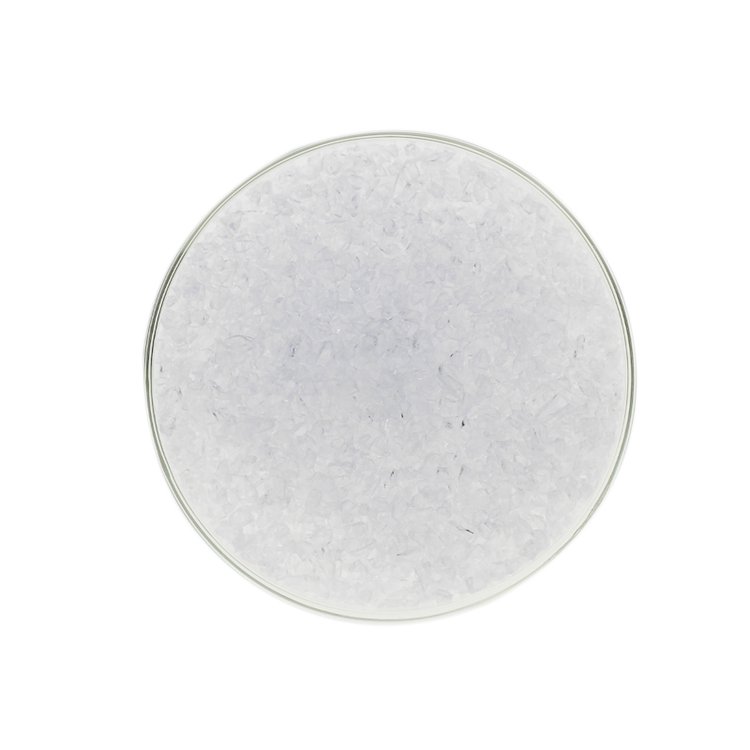
- Wide Transmission Range: Transmits from UV (~120 nm) to IR (~7 µm) wavelengths, making it versatile for a variety of optical applications.
- Low Refractive Index: MgF2 has a low refractive index (~1.38 at 550 nm), making it ideal for anti-reflective coatings.
- High Durability: Magnesium fluoride is resistant to mechanical wear and scratches, providing longevity to coated optical surfaces.
- Chemical Stability: It is chemically inert and highly resistant to most acids and alkalis, ensuring its stability in harsh environments.
- High Damage Threshold: MgF2-coated optics have high laser damage thresholds, making them suitable for high-power laser systems.
-
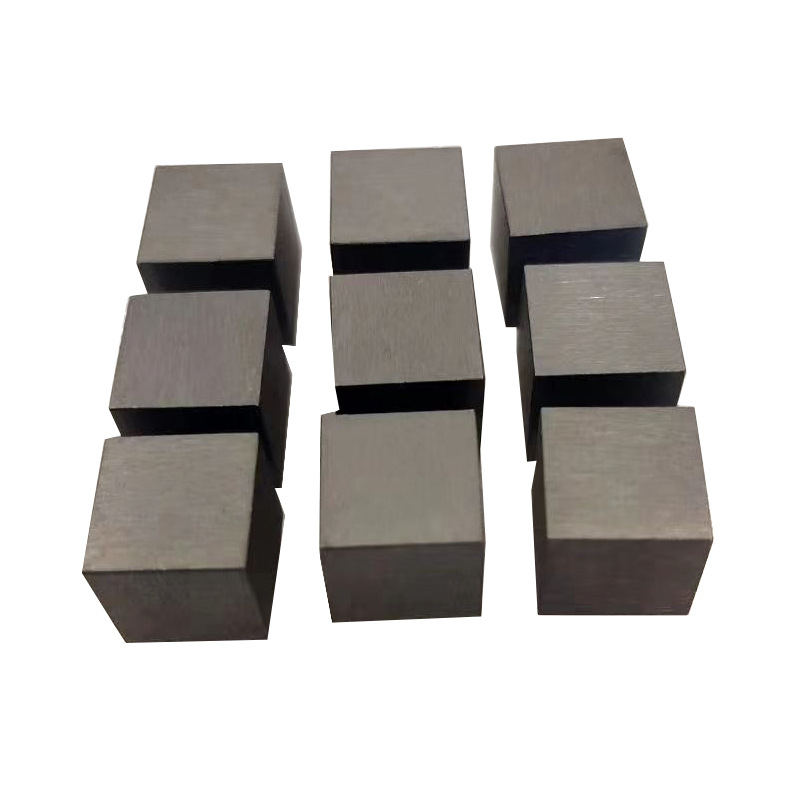
- Lightweight: Offers a lower density compared to other metals, making it suitable for applications where weight is a concern.
- Enhanced Strength: The combination of magnesium and manganese improves mechanical strength and durability.
- Corrosion Resistance: Provides good resistance to oxidation and corrosion, enhancing the longevity of components.
-

- High Dielectric Constant: MgO is known for its high dielectric constant, making it an effective insulating material for electronic applications.
- Optical Transparency: Exhibits excellent transparency across a wide spectral range, from UV to IR, making it suitable for optical applications.
- High Melting Point: With a melting point of approximately 2852°C, MgO can withstand high-temperature processing conditions, making it ideal for high-temperature coatings and insulation.
- Thermal Stability: Magnesium oxide is highly stable in a range of temperatures, providing durability in both deposition and application.
- Chemical Resistance: MgO is chemically inert, resistant to most acids and bases, making it suitable for protective layers in harsh environments.
-
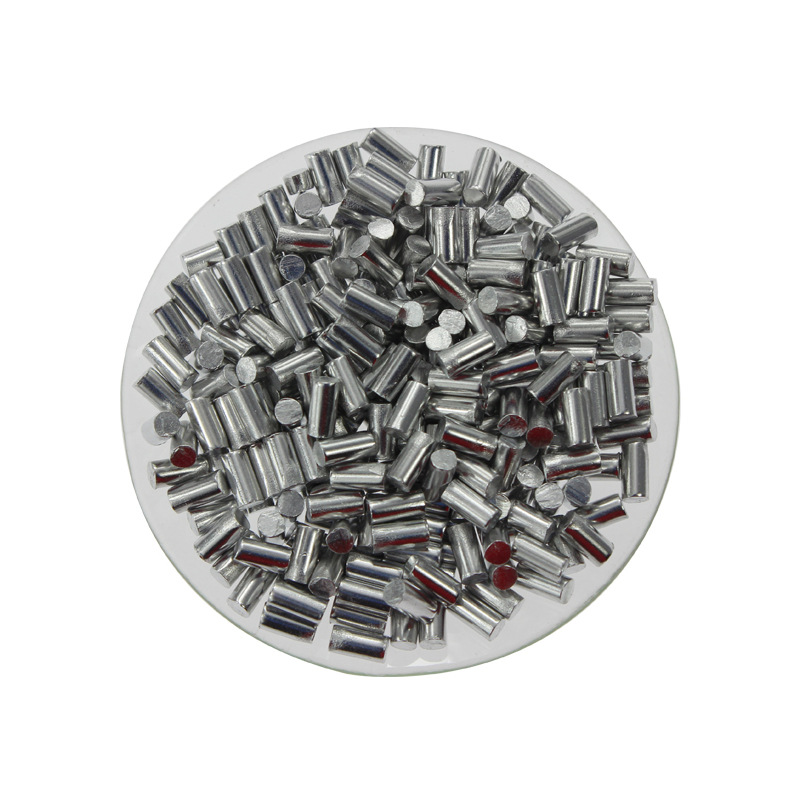
- High Purity: Manganese pellets are available in high purity levels, typically ≥ 99.5%, ensuring precise and consistent film quality.
- Uniform Shape: Pellets are designed for smooth and uniform evaporation, providing consistent thin film deposition.
- Good Hardness and Strength: Manganese films contribute to increased surface hardness and wear resistance.
- Magnetic Properties: Useful for applications requiring magnetic thin films or for enhancing magnetic properties in alloys.
-

- Excellent Oxidizing Properties: MnO2 is known for its strong oxidizing capabilities, which are beneficial in catalysis and energy applications.
- Good Electrical Conductivity: It offers good conductivity in thin-film applications, making it suitable for use in electronic and energy-related devices.
- Versatile Deposition: MnO2 thin films can be used in a wide range of applications, from optics to electronics.
- Chemical Stability: Manganese dioxide is chemically stable, ensuring long-lasting performance in harsh environments.
- High Melting Point: Suitable for high-temperature evaporation processes.
-
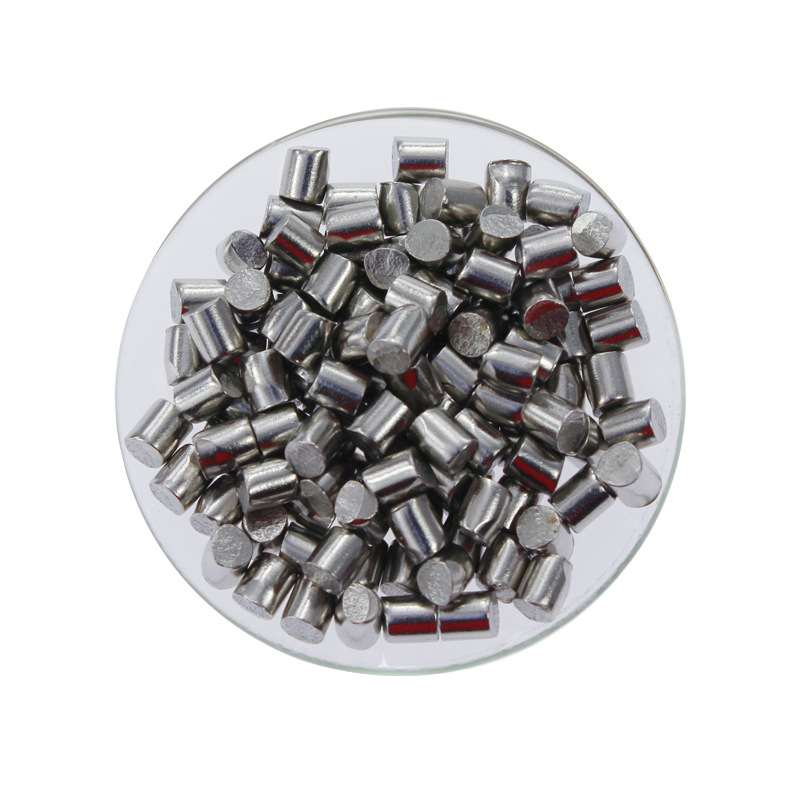
- High Melting Point: Molybdenum has a melting point of 2,623°C, allowing it to withstand extreme temperatures, making it ideal for high-temperature applications.
- Excellent Conductivity: Molybdenum’s electrical and thermal conductivity make it suitable for use in electronics and other heat-sensitive applications.
- Corrosion and Oxidation Resistance: Molybdenum films are highly resistant to corrosion and oxidation, ensuring long-lasting performance in harsh environments.
- Strong Mechanical Properties: Mo provides high tensile strength and stability, making it durable for thin films.
- Adhesion and Uniformity: Molybdenum forms well-adhering and uniform thin films that are highly reflective and durable.
-
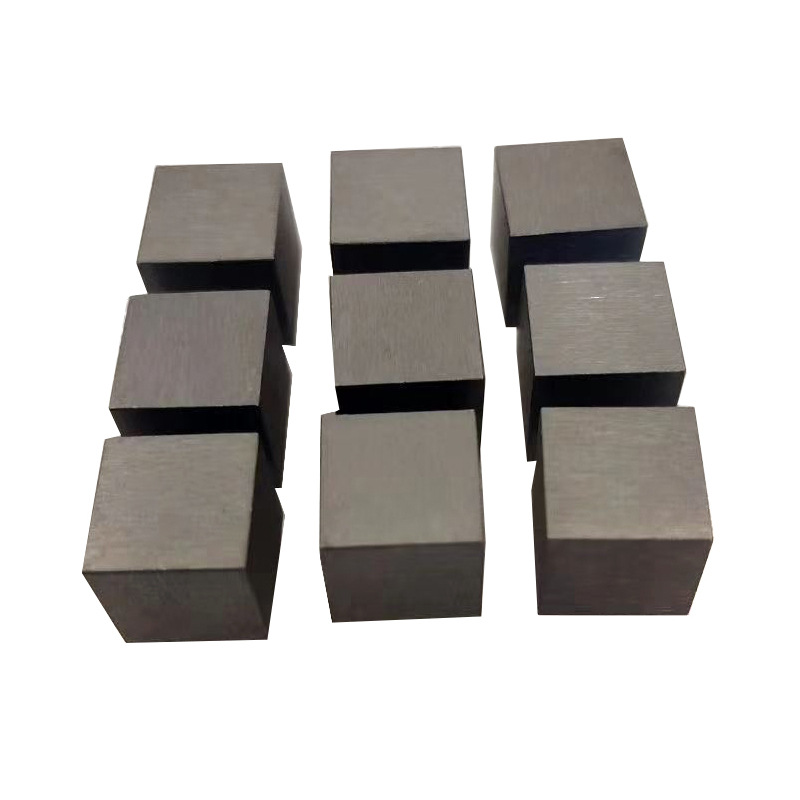
- High Strength: Offers superior mechanical properties, making it suitable for demanding applications.
- Temperature Stability: Maintains integrity at elevated temperatures, which is crucial for aerospace and industrial uses.
- Versatile Composition: Can be tailored to specific ratios of molybdenum and iron for optimized performance.












